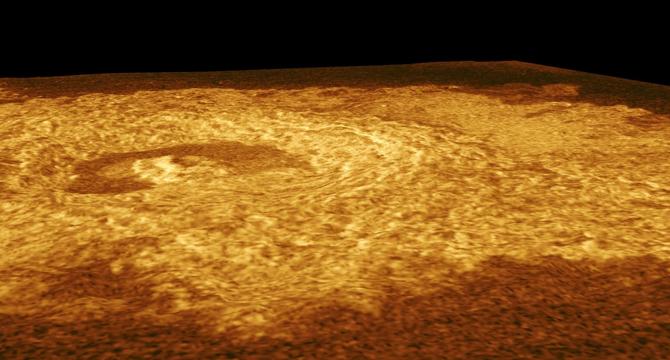Livescience
1w
158

Image Credit: Livescience
Venus may be geologically 'alive' after all, reanalysis of 30-year-old NASA data reveals
- New evidence suggests Venus is not geologically dead, with signs of hot material rising from its interior indicating ongoing crustal activities.
- Research published in Science Advances reveals coronae features on Venus' surface are likely formed by rising hot rock plumes reshaping the crust.
- Venus, despite lacking plate tectonics like Earth, may share internal dynamics indicating active processes reshaping its surface.
- Of the 75 coronae studied, 52 appear to be above buoyant mantle plumes, potentially driving ongoing geological processes on Venus.
- Scientists believe Venus' thin crust, coupled with extreme conditions, leads to crustal shedding or melting that aids in regulating surface structure.
- The shedding process could recycle water and materials back into Venus' interior, fueling volcanic activity and influencing its atmosphere.
- Upcoming missions like NASA's VERITAS and DAVINCI, as well as ESA's EnVision, aim to provide detailed data on Venus' geology and surface activities.
- Direct observations from these missions may revolutionize our understanding of Venus's geology and its correlation to early Earth.
- The discoveries challenge the traditional view of Venus as a dormant planet, highlighting potential ongoing geological processes beneath its surface.
- The new findings offer insights into Venus' geological evolution and its role in comparison to Earth's history, raising intriguing questions in planetary science.
Read Full Article
9 Likes
For uninterrupted reading, download the app